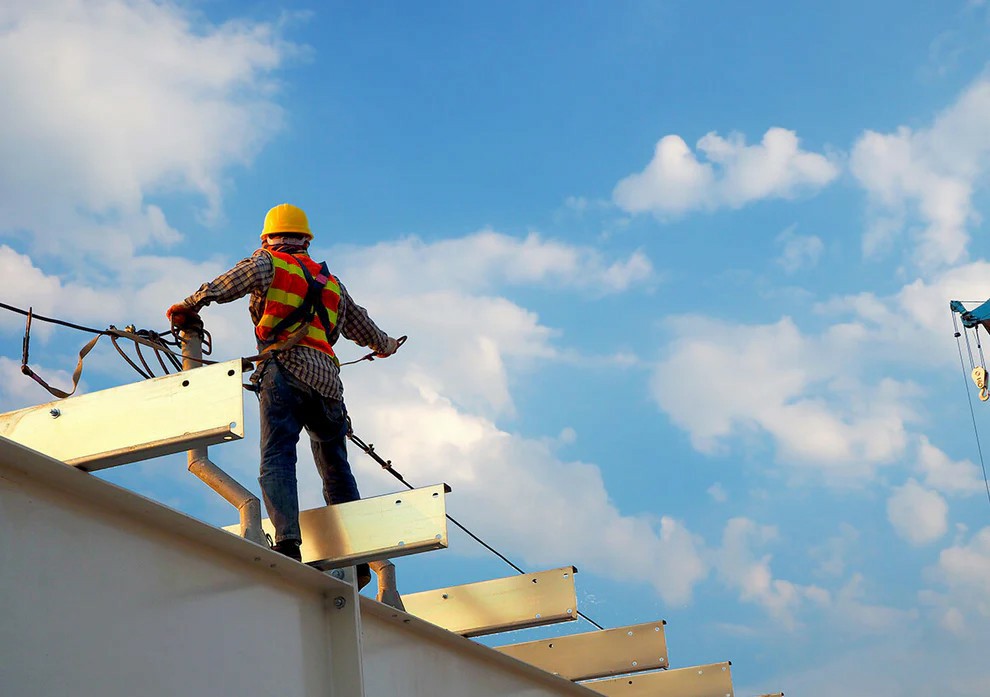


 349,500 Offered Certificates
349,500 Offered Certificates
 24/7 Online Training
24/7 Online Training
 Money Back Guarantee
Money Back Guarantee
 Fully Accredited Courses
Fully Accredited Courses

Created at: 22-02-2025 16:40
Working at heights presents significant risks, and safety measures are paramount. One of the most crucial aspects of safety training in this environment is establishing comprehensive emergency rescue planning. In this blog, we will delve into why effective emergency planning is vital, the role of employers in ensuring safety, and the specific self-rescue techniques workers should learn.
Emergency rescue planning is not just a precaution; it is an essential part of working at heights safety strategies. This preparation can save lives and minimize injuries in the event of an accident, providing a systematic approach to quickly address emergencies. With a well-formulated plan, both workers and employers can act swiftly and effectively.
Self-rescue techniques are vital for workers who find themselves in precarious situations after a fall. Here are some essential strategies:
Consider a case where a worker fell while installing a dome on a building. Equipped with a state-of-the-art PFAS and well-practiced self-rescue techniques, the worker remained calm, assessed their situation, and used their descent device to adjust their position for a secure landing, allowing for a self-extraction without assistance.
Employers are legally and ethically obligated to ensure safety in the workplace. Here are their key responsibilities:
Employing industry best practices enhances overall safety:
Emergency rescue planning is a critical component of working at heights safety training. By understanding self-rescue techniques and ensuring comprehensive employer-led emergency response procedures, both workers and employers can create a safer working environment. Investing in effective training programs, like our Working at Heights Course, is vital for ensuring everyone is prepared to respond effectively in an emergency.
Email us at [email protected] for more information on safety training courses in Dublin, Cork, and Galway.